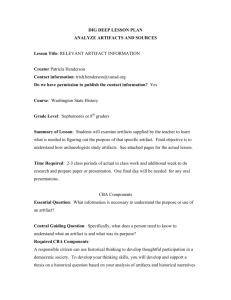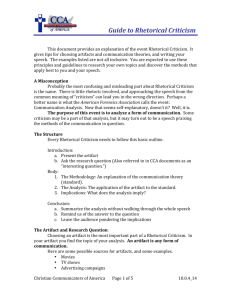Cultural Artifact Speech Assignment
advertisement
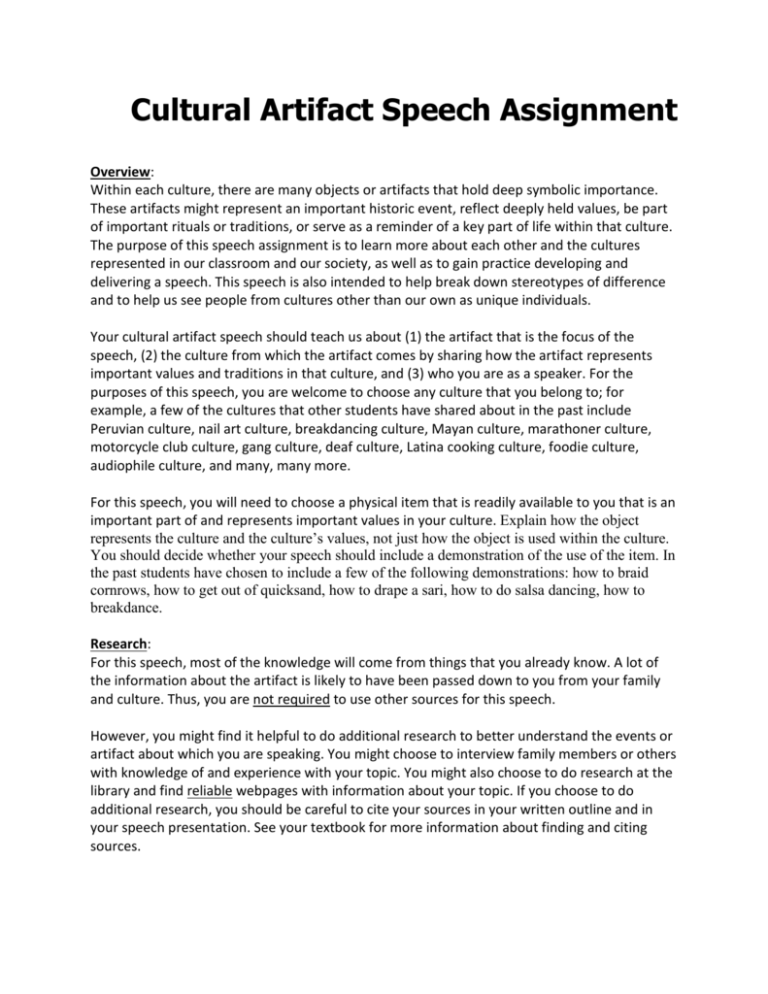
Cultural Artifact Speech Assignment Overview: Within each culture, there are many objects or artifacts that hold deep symbolic importance. These artifacts might represent an important historic event, reflect deeply held values, be part of important rituals or traditions, or serve as a reminder of a key part of life within that culture. The purpose of this speech assignment is to learn more about each other and the cultures represented in our classroom and our society, as well as to gain practice developing and delivering a speech. This speech is also intended to help break down stereotypes of difference and to help us see people from cultures other than our own as unique individuals. Your cultural artifact speech should teach us about (1) the artifact that is the focus of the speech, (2) the culture from which the artifact comes by sharing how the artifact represents important values and traditions in that culture, and (3) who you are as a speaker. For the purposes of this speech, you are welcome to choose any culture that you belong to; for example, a few of the cultures that other students have shared about in the past include Peruvian culture, nail art culture, breakdancing culture, Mayan culture, marathoner culture, motorcycle club culture, gang culture, deaf culture, Latina cooking culture, foodie culture, audiophile culture, and many, many more. For this speech, you will need to choose a physical item that is readily available to you that is an important part of and represents important values in your culture. Explain how the object represents the culture and the culture’s values, not just how the object is used within the culture. You should decide whether your speech should include a demonstration of the use of the item. In the past students have chosen to include a few of the following demonstrations: how to braid cornrows, how to get out of quicksand, how to drape a sari, how to do salsa dancing, how to breakdance. Research: For this speech, most of the knowledge will come from things that you already know. A lot of the information about the artifact is likely to have been passed down to you from your family and culture. Thus, you are not required to use other sources for this speech. However, you might find it helpful to do additional research to better understand the events or artifact about which you are speaking. You might choose to interview family members or others with knowledge of and experience with your topic. You might also choose to do research at the library and find reliable webpages with information about your topic. If you choose to do additional research, you should be careful to cite your sources in your written outline and in your speech presentation. See your textbook for more information about finding and citing sources. Notes: While planning your speech, you will develop a full sentence outline. When you give your speech in class, you should use only one notecard with a keyword outline. Length: 4–6 minutes What you need to bring to class: Workshop day: • 2 copies of your outline • Peer workshop evaluation • Stopwatch or other timer Speech day: • Artifact • Instructor evaluation form • Peer evaluation form • Final draft of your speech outline. If you use outside resources, you should include a list of references at the end of your outline • Previous drafts of your speech outline • Peer workshop form from workshop day




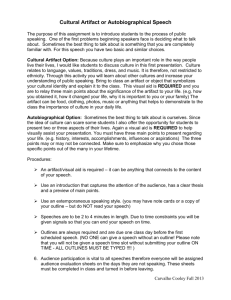


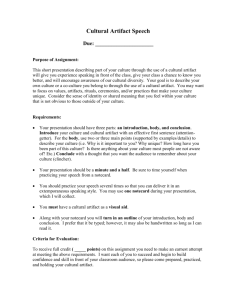
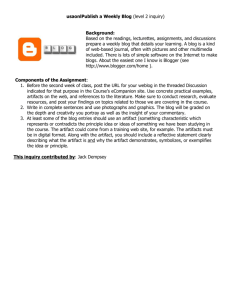

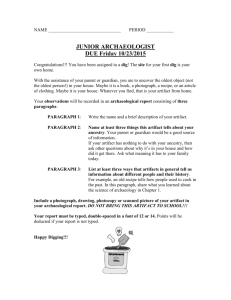
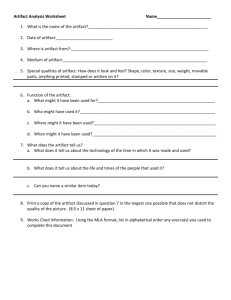
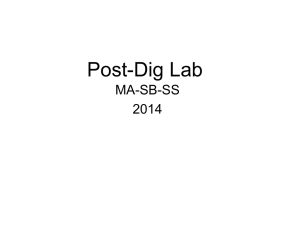
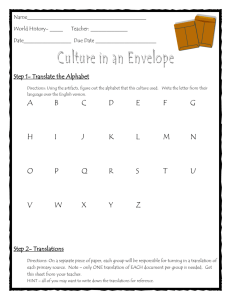
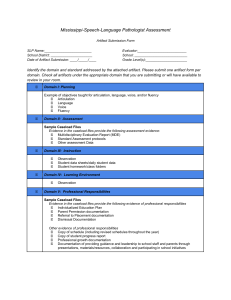
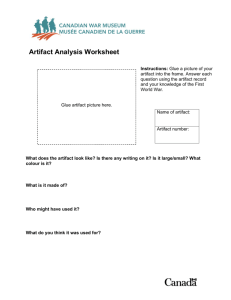
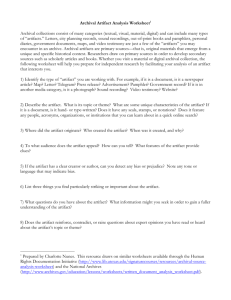

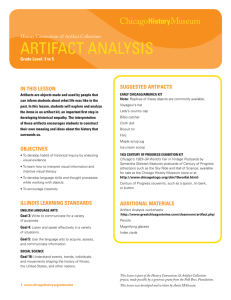
![Critical Inquiry [Sample Syllabus] Maryland Institute College of Art](http://s3.studylib.net/store/data/008176486_1-ef7313d611e80c957f2c801aafa08878-300x300.png)
